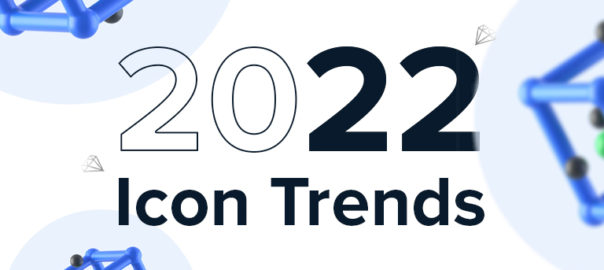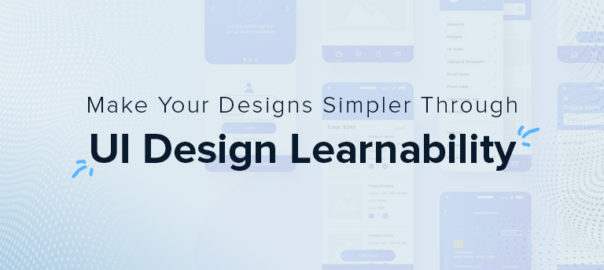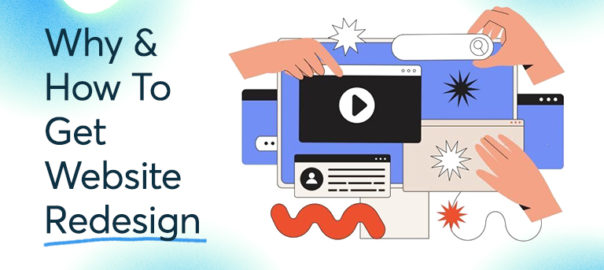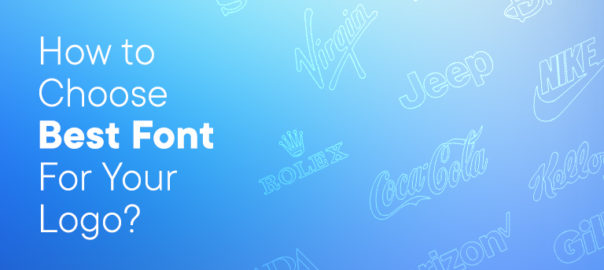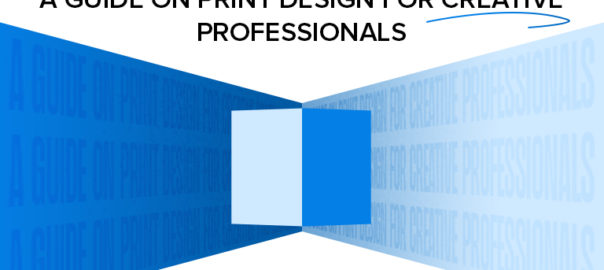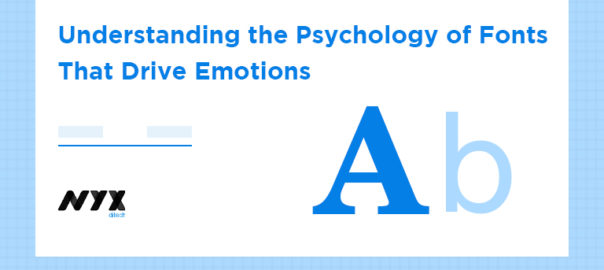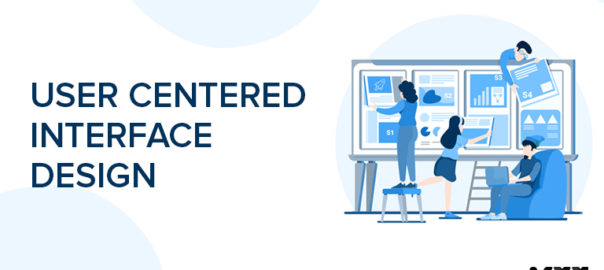While a picture is worth more than a thousand words, the value of a well-designed graphic may be in the millions. More than simply a form of aesthetics, graphic design is essential for communicating with your customers. Companies utilize graphic designing services at every level of the sales funnel to educate, attract, and ultimately convince buyers to buy an item or perform the desired action.
Local residents can be made aware of a forthcoming workshop via flyer design. The use of an eye-catching email series can help consumers discover new products and services. With a well-designed sales page, you can successfully advertise the debut of your new product. A graphic design company with a strong sense of originality can help your branding strategy achieve its intended goals. With that said, here are some of the benefits graphic design may provide for your organization.
Makes a Strong First Impression
Businesses of all sizes, regardless of industry, are competing for customers. Creating a strong first impression on potential clients or members of your target market is essential for you to succeed in this environment. Customers are more likely to remember your goods and brand if they have a favorable opinion.
Such an impression is impossible to achieve without the help of imaginative graphic design. Apple, Samsung, Microsoft, and Lamborghini wouldn’t exist if their designs weren’t strong enough.
Creates a Distinctive Brand Identity
Your marketing effort will benefit significantly from the strong brand identification that may be created through graphic design. Your company’s logo is a prime illustration of a strong sense of identity, and creating a memorable logo is the first step in attracting new clients to your business.
Consistency is Equal to Credibility
There is no company or profession that isn’t going to benefit from using good graphic design. The more you can help your consumers solve their problems and alleviate their pain points, the more likely they will see you as a reliable leader in your sector.
Let’s imagine you provide great social media posts that your audience enjoys, but you don’t adhere to a brand standard for consistency. Existing readers may be aware of your content’s value as a gold mine, but newbies will be put off by the visual inconsistency. Brands with a consistent appearance and feel will appear more authoritative and genuine.
In marketing and advertising, the same idea applies: If you develop content that helps someone deal with a problem or alleviate a pain point in their lifestyle, they will most likely look to you for guidance again when faced with a similar scenario in the future.
Effective Idea Communication
You may use an infographic to summarize facts that might otherwise go unnoticed by your target audience. Infographics that integrate pictures and text are five times more captivating than text-only information. As humans are highly visual creatures, including appropriate pictures into text can aid in the comprehension and retention of detailed and complicated information.
Innovation Kills Competition
As competition grows, it’s more critical than ever to improve the company’s competitive edge. When it comes to creating personalized, high-quality content nowadays, hundreds of free design tools are available online. However, if you want to be one step ahead of your competition, you’ll need to be innovative in approaching your brand’s direction.
Bring innovation to present new ideas, resolve existing issues, or alleviate client complaints through your content. Graphics may help you connect with your customers by visually showing them what life could have been if your service or product had addressed their pain points.
Graphic Design Helps in Story-Telling
If you’re in business, you should have a story to tell. Everyone is interested in learning more about your business, whether you’re a solopreneur selling handmade jewelry online or an experienced serial entrepreneur launching your next project. The goal of graphic design is to tell your present and potential consumers about your brand’s distinctive story through visual means.
Conclusion
There are several reasons why graphic design is critical to the success of any company. It is possible to provide your firm with a competitive advantage and grab attention by employing excellent graphic design services. As a bonus, these services assist you in developing your company’s unique brand identification as well! Contact Us today to get more insight on Graphic Design.
Read more about importance of Graphic Design here.



